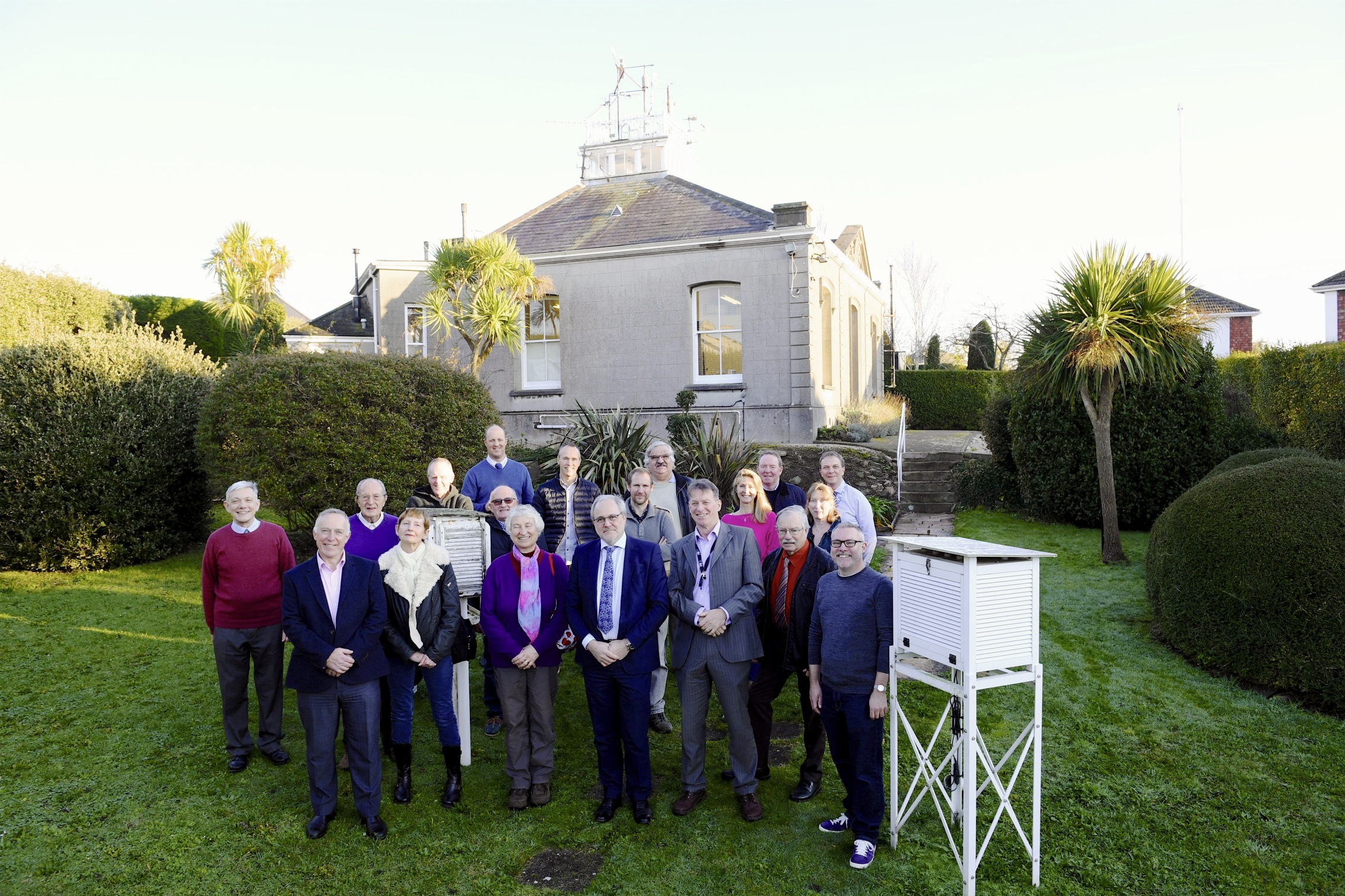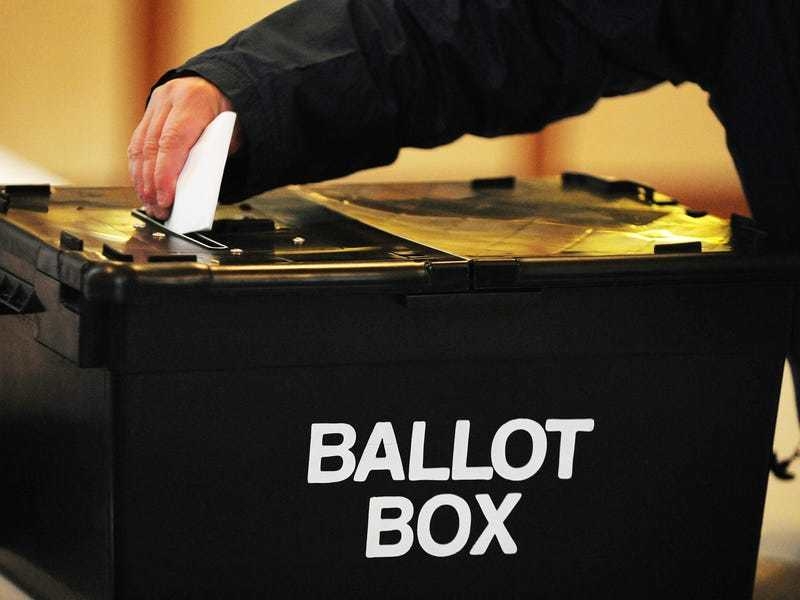The facility, which is near Highlands College, was set up by Swiss-born Jesuit Marc Dechevrens in January 1894.
After receiving permission and funding from his superiors, he went about setting up the observatory at a cost of £531.
It had a central instrument room and six smaller rooms including a library, photographic room and workshop – the latter of which still exists today.
Father Dechevrens continued his work at the centre for 26 years, training other meteorologists who took their skills across the world.
The observatory was bought by the government in 1974 and has undergone a number of upgrades since, including the installation of a high-tech automatic weather station which is still in operation.
However, one significant part of the observatory which has disappeared is a 55 metre-high tower which dominated the Island’s landscape, dubbed ‘Jersey’s Eiffel Tower’ by Frank Le Blancq, a retired meteorologist of 38 years.

‘The chap that first came here, Father Dechevrens, had been in China at an observatory just outside Shanghai. While he was there he had been pioneering research into winds above the ground and had quite a big tower built in Shanghai,’ Mr Le Blancq said. ‘He wanted to continue his studies of high air currents here and asked the Jesuits to build one. It was massive – it was like Jersey’s Eiffel Tower and was visible from a very long way away.’
Mr Le Blancq, who worked at Jersey Met between 1973 and 2011, said that the government eventually demolished the tower in 1929.
During a small presentation to mark the anniversary yesterday, John Searson, principal meteorologist, listed some of the most remarkable figures recorded at the observatory.
These included the wettest day, on 24 August 1931 when 95.7mm of rain was recorded, the longest drought period from 21 July to 28 August 1976, during the hottest, sunniest and driest summer on record and the warmest day in 9 August 2003 when a high of 36°C was recorded.
Assistant Environment Minister Gregory Guida also spoke during the event, and said that the role of the observatory would become increasingly more important as the Island strived to become carbon neutral.
‘At this point in time just five years ago a significant amount of the public still doubted climate change was important or, that it was created by anthropogenic activity [pollution originating from human activity],’ he said.
‘This year, in the States, we voted through a proposition for a climate emergency with only one politician voting against. Over the next ten years, a lot of hard work has to be done to bring the Island close to zero carbon emissions.
‘For this reason the data being collected at the Maison St Louis Observatory will become increasingly important as we try to understand how the world is responding to our efforts.’






